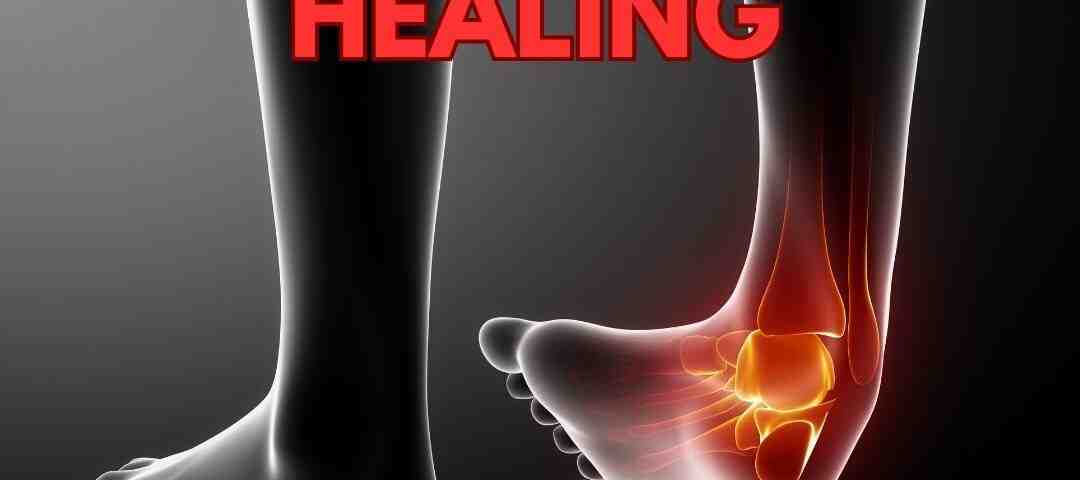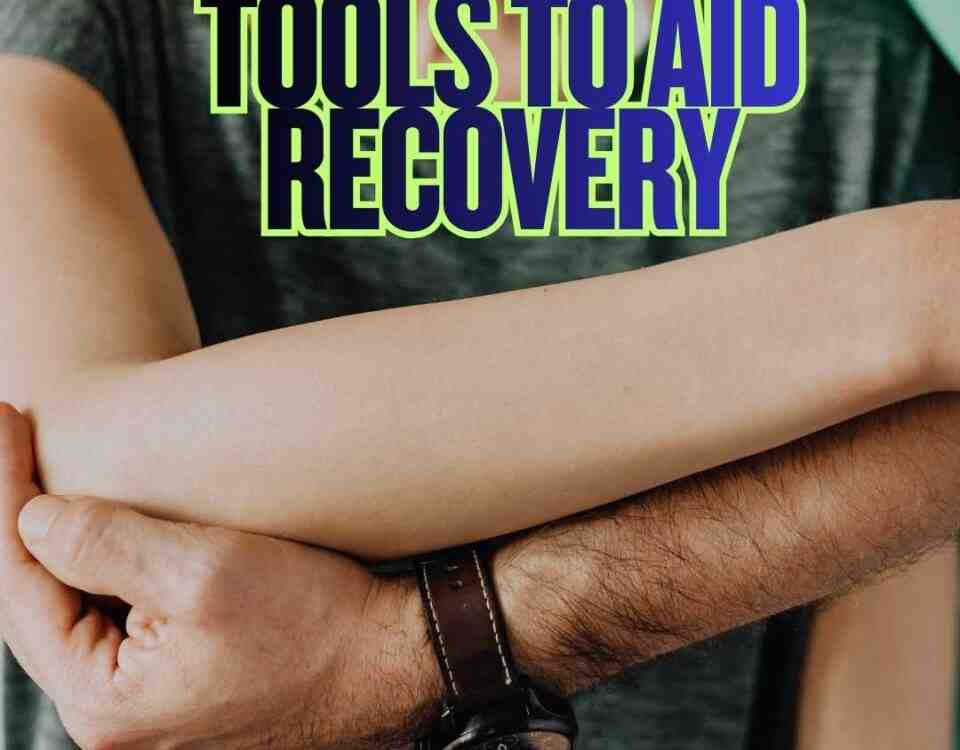Strains and Healing

Beverage Consumption for kids and teens
April 25, 2025
Lower Leg Pain
April 25, 2025- Accident doctor
- accupuncture
- airplane headache
- alzheimer's
- best habits
- Brain Injuries
- car accident
- car accidents
- cervical strain
- colds
- concussion
- Concussions
- disc bulge
- dosage meds
- dry needling
- dull pain
- E bike injuries
- florida
- good posture
- headaches
- Headrest positions
- Headrest positions after an accident
- Healthy choices
- Healthy flying
- healthy gift guide
- Healthy SPring Ideas
- hip pain
- hyperextension
- injury doctor
- insurance
- Kayaking
- kentucky
- kids motion sickness
- lifestyle
- motion sickness
- neck injury
- no fault insurance doctor
- noise healing
- osteoporosis
- pain symptoms
- pink noise
- posterior chain
- posture
- prevent osteoporosis
- Rest
- Scoliosis
- shoulder pain
- Stress with kids after a motor vehicle accident
- TBI
- tips
- tmj
- torn muscle
- Traumatic Brain Injury
- trigger points
- VitaminD
- What are Post Traumatic headaches?
What is a Strain and How Long Does It Take to Heal?
Getting hurt can throw an unneeded amount of craziness into your day, and at Chambers Medical Group, one of the highest rated car accident medical care programs in Kentucky, we see plenty of patients that are dealing with strains after motor vehicle accidents (MVAs). A strain is when your muscles or tendons get stretched too far or torn. It is different from a sprain in that it affects the muscles and tendons connecting to a bone instead of ligaments connecting bones. After MVAs, that sudden jerk can overstretch those tissues fast. This can affect areas such as the lower back, hips, or neck and shoulders most often. Dr. Aaron Workman of Chambers Medical Group talks about what strains are all about and how long they usually take to heal following an MVA.
What is the Damage?
Strains bring a mix of pain, swelling, and stiffness, sometimes with bruising thrown in. The severity and health history usually sets the timeline on your healing clock. These are broken down into three grades, similar to sprains, but for muscles and tendons instead.
- Grade 1 strains are the mild ones. These have suffered a small amount of overstretch with possible microscopic tears. You might feel a twinge and some stiffness, but nothing unbearable. With rest, ice, compression, and elevation (RICE), you are looking at one to two weeks to bounce back. If you are in a physical job or already banged up, it could drag out a bit longer.
- Grade 2 strains move your body into more moderate damage. These can lead to a partial tear in the muscle or tendon. Pain kicks up, swelling appears, and moving that area feels like a chore. Healing stretches to three to six weeks and skipping treatment risks leaving you weaker than before. Therapy is going to be important to avoid long-term problems.
- Grade 3 strains are miserable and will consist of complete tears. You will know it by the intense and sudden sharp pain, maybe a pop, and zero strength in that spot. Surgery could be on the table, followed by bracing and rehab. Recovery time can take anywhere from 2-6 months depending on how it was repaired and how dedicated you were to therapies.
Healing is not a straight line. Your age, fitness, and overall health seriously affect the timeline. A young, active person might shrug off a Grade 1 strain in days, while someone older or with nagging conditions could double that. Post-MVA, pre-existing wear and tear, such as arthritis, can increase your recovery time. How you address the problem early can make a difference as RICE can knock down some of the initial inflammation, helping the healing process. I see many patients who have done nothing proactively before coming into the clinic and that invites a longer recovery period. Even when the pain fades, stiffness or weakness might linger, needing extra care to fully stabilize.
If you have been in an MVA and feel that nagging pull or pain with movement, a heaviness in the arms/legs, or a swollen area that hurts, you cannot just brush it off. At Chambers Medical Group, we have helped plenty of patients sort out their strains from their sprains and get back to living. A quick exam can give you an idea of recovery and keep small tweaks from turning big. Strains will test your patience, but with the right steps, they do not have to sideline you for long.
— This article is written by Aaron Workman, DC, one of the members of Chambers Medical Group’s team of car accident chiropractors who offer a variety of treatments and therapies ranging from diagnostic testing to various soft tissue therapies for car accidents and injuries in Kentucky.




